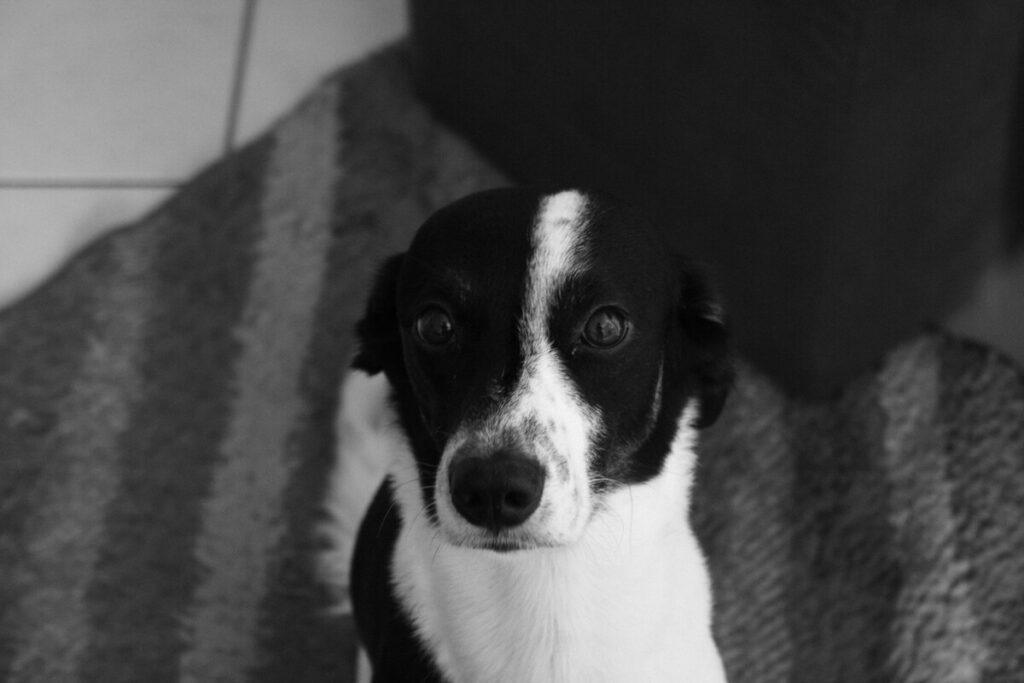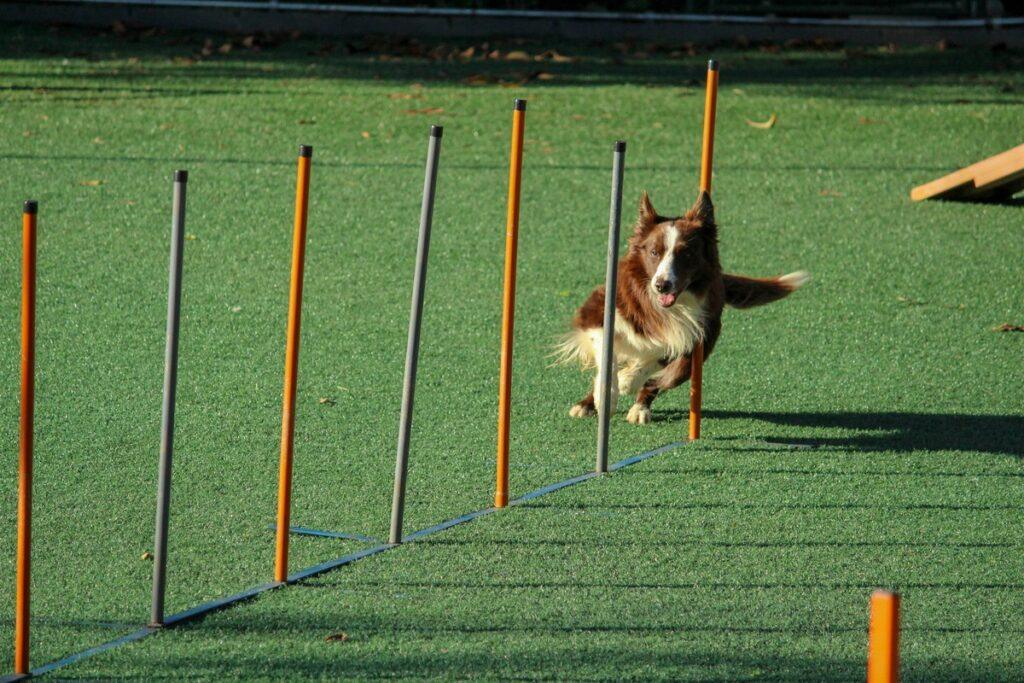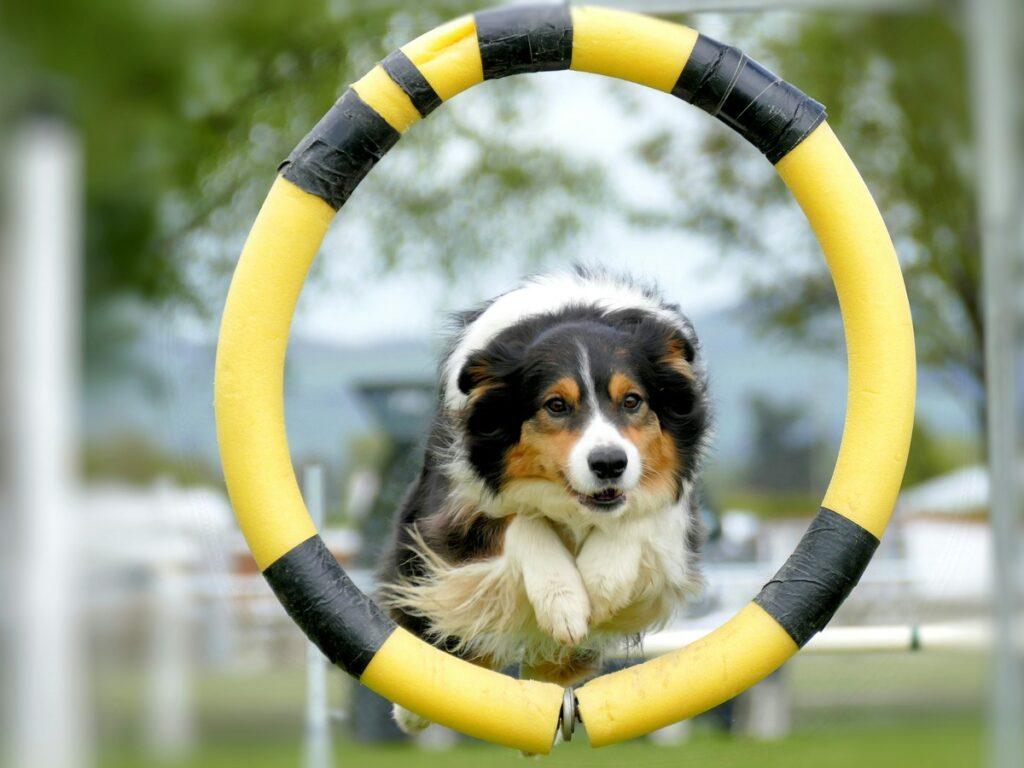Teaching Your Dog to Stay Calm During Fireworks can be a challenge for many pet owners, especially during holidays like the Fourth of July or New Year’s Eve. Loud noises and flashing lights can trigger anxiety and fear in dogs, but with the right training and techniques, your dog can learn to remain calm and feel safe.
Why Teaching Your Dog to Stay Calm During Fireworks Is Important
Fireworks are unpredictable to dogs. Unlike thunderstorms, which may come with pressure changes or rain beforehand, fireworks come out of nowhere. The loud bangs, high-pitched screeches, and bright flashes startle dogs, triggering their fight-or-flight response. Some dogs even associate fireworks with danger after just one bad experience.
It’s not just the sound that spooks them—fireworks also produce a smell and vibration that humans don’t always detect. Dogs, with their superior hearing and smell, can feel overwhelmed by the sensory overload. This is why creating positive associations and safe spaces is essential.
Preparing in Advance
Training your dog to stay calm during fireworks starts well before the first explosion. Begin preparing weeks, if not months, in advance by desensitizing them to fireworks sounds. Use YouTube videos or noise CDs and play fireworks sounds at a low volume while engaging in fun activities like playing fetch or giving treats. Gradually increase the volume over time as your dog becomes more comfortable.
Additionally, ensure your dog is microchipped and has an ID tag on their collar, just in case they escape out of fear. Create a checklist and start implementing routines early so your dog becomes accustomed to the safety strategies well before firework season.
Creating a Safe Space
One of the most effective ways to calm a dog during fireworks is by creating a safe, quiet, and comfortable environment inside your home. Choose a room with no windows or use blackout curtains. Play white noise, calming music, or television to mask the outside noise. Provide soft blankets, your dog’s favorite toys, and perhaps a piece of your clothing to give them a sense of security.
Some dogs prefer to hide under beds or inside closets. Allow them to retreat if that’s what they choose. Never force them to stay in the same room with you if they’re trying to self-soothe in a small, confined space.
If you’re looking for professional advice on how to prepare your home for fireworks season, the ASPCA offers detailed tips on fireworks safety for pets.
Training Techniques to Keep Your Dog Calm
Use counterconditioning to associate fireworks with something positive. For example, every time a firework goes off, offer a high-value treat. Over time, your dog may begin to associate fireworks with rewards rather than fear. This works best when combined with desensitization sessions.
You can also try command-based calming, like training your dog to go to a designated “safe spot” on command. Practice this often with positive reinforcement so it becomes a second nature during stressful moments.

Using Calming Products and Tools
Consider using natural calming aids such as dog-appeasing pheromone diffusers, anxiety wraps like the ThunderShirt, or calming treats that contain chamomile or L-theanine. These can be effective when used alongside training. Talk to your vet about options, especially if your dog has severe anxiety. In some cases, short-term anxiety medication may be helpful.
Products like calming music playlists or lavender essential oil diffusers (used safely away from direct contact) can enhance a calming atmosphere. Ensure your dog’s comfort by observing what works best for them.
Pro Tips from Dog Owners
• One owner noted that their rescue dog responds well to a tight-fitting shirt and peanut butter-stuffed toy during fireworks. • Another found that walking their dog early in the day, well before festivities start, reduces pent-up energy and anxiety. • A third tip includes closing all windows and turning on the fan to create consistent background noise.
Common Mistakes to Avoid
Don’t scold or punish your dog for showing signs of fear. This only increases anxiety. Similarly, avoid leaving them alone during fireworks unless you’ve trained them extensively to handle it. Finally, don’t underestimate the importance of gradual exposure. Sudden exposure without training may traumatize your dog even more.
FAQ
What is the best way to teach my dog to stay calm during fireworks?
Start by desensitizing your dog to fireworks sounds and pair those with positive experiences. Use safe spaces, calming aids, and consistent training for best results.
Can fireworks permanently traumatize a dog?
Yes, if a dog is left unprepared, fireworks can lead to long-term noise phobia or anxiety. That’s why teaching your dog to stay calm during fireworks is essential for their emotional well-being.
Final Thoughts
Teaching your dog to stay calm during fireworks requires preparation, patience, and consistency. By combining training, environmental management, and calming aids, your dog can learn to cope with loud noises more effectively. Don’t wait until the last minute—start your training today and celebrate future holidays in peace.
For more training tips, check out our articles on training your dog to stay alone at home and reactive dog training.



